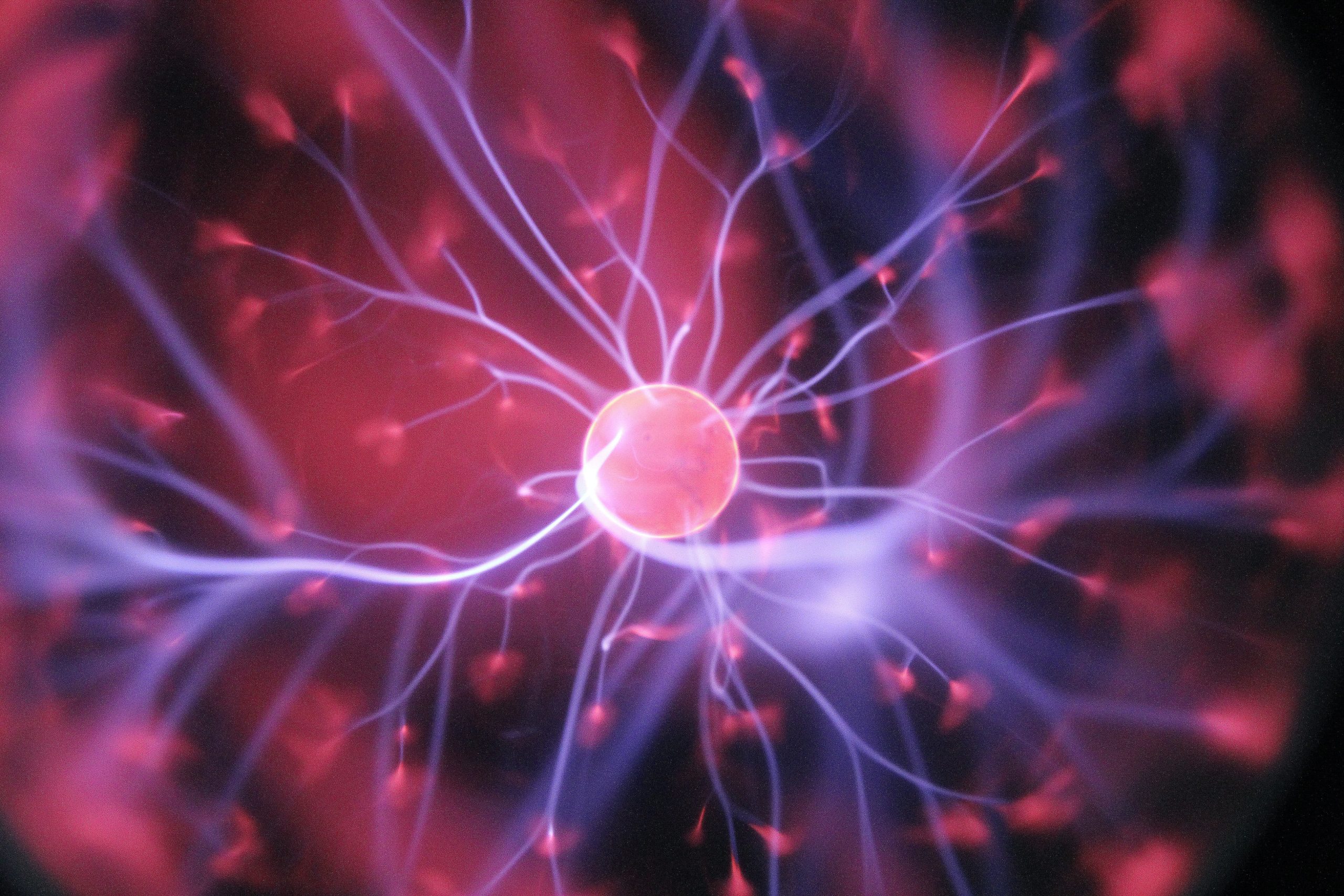
Diagnosing Multiple Sclerosis
MS is complex and can cause many different symptoms. Early MS may present itself as a history of vague symptoms, which may occur sporadically over a prolonged period of time and could often also be attributed to a number of other medical conditions. Invisible or subjective symptoms are often difficult to communicate to doctors and health professionals and it is not uncommon for a diagnosis to take several months, and frustratingly it can take even longer.
Even when a person shows a ‘classic’ pattern of MS-type symptoms, the symptoms must conform to agreed criteria (called the McDonald criteria, most recently updated in 2017) before a doctor or neurologist can diagnose clinically ‘definite’ MS.
There are a range of tests that can be used to find out if someone has MS or not, but there is no single test to diagnose MS which is conclusive on it own. The tests include:
Neurological examination
Your neurologist will ask you lots of questions about past symptoms and problems – this is known as ‘history taking’. It helps the neurologist get a better picture of you and can help identify any other problems that may explain current symptoms. A physical examination checks for changes or weaknesses in your eye movements, leg or hand coordination, balance, sensation, speech or reflexes. Whilst a neurologist may strongly suspect MS at this stage, a diagnosis won’t be given until other test results confirm MS.
Magnetic resonance imaging (MRI)
An MRI scanner uses a strong magnetic field to create a detailed image of the brain and spinal cord. It shows the exact location and size of any damage or scarring38 (lesions). To get the image of the brain and spinal cord, your will lie down and enter a small tunnel in the centre of the MRI scanner. The process can take between 20 and 60 minutes and is painless, but quite noisy.
Evoked potentials
Evoked potential testing involves measuring the time it takes for the brain to receive messages from the eyes. The neurologist will place small electrodes on your head to monitor brain waves as visual stimuli are presented on a screen. These electrodes measure tiny electrical impulses; they are not painful. If MS or a similar condition is active, this test can detect messages to and from the brain travelling more slowly than usual.
Lumbar puncture
During a lumbar puncture (or spinal tap), the neurologist inserts a needle into the space around the spinal cord, under local anaesthetic. A small sample of the fluid that flows around the brain and spinal cord, called ‘cerebrospinal fluid’, is taken out and tested for abnormalities that occur in MS. The fluid will be sent to the laboratories to be examined. In some cases the fluid pressure will also be measured. People commonly report headaches following a lumbar puncture. This is a recognised side effect and the neurologist can advise on how best to manage this.
Tests for other conditions
People may be given tests to rule out other conditions that have similar symptoms to MS, such as blood tests to look for the presence of specific antibodies.
Photo: hal-gatewood-unsplash














